Empress Dowager Cixi was famous for her authority, but there was only one person who made her "speechless"
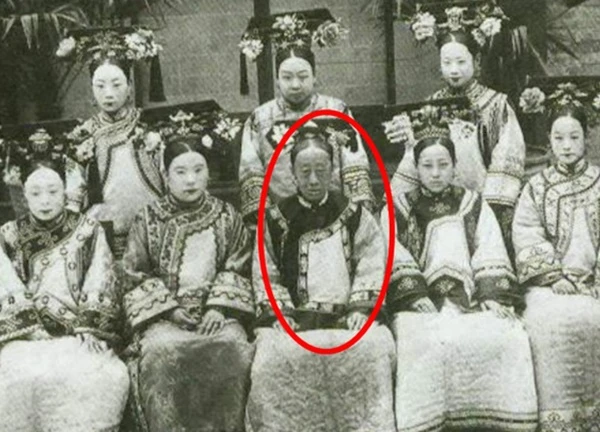
8 | 1 Discuss | Share
In the documentary "I repaired cultural relics in the Forbidden City" we went into every corner of the Imperial Palace, revealing many interesting mysteries in the work and daily life of the staff here.
The Forbidden City, also known as the Imperial Palace, is a palace complex in Beijing, China. This was the residence of the emperors of the Ming and Qing dynasties during the feudal period. Currently, this place is under the management of the Palace Museum and has become a famous tourist destination in China.
Located in the heart of Beijing, the Forbidden City covers an area of 720,000 square meters, contains more than 980 palaces and houses, and is the most completely preserved ancient wooden architectural complex in the world. This great architectural complex witnessed a period of prosperity in Chinese history until the decline of feudalism.
"Cats" are raised inside the Forbidden City to catch mice
Since 2012, the Forbidden City has welcomed an average of 14 million visitors each year and welcomed more than 19 million visitors in 2019 alone. It can be said that this is one of the museums that welcomes the most tourists in the world.
As for why it is necessary to shout three times before opening the Forbidden City, the staff gave three explanations: It is a traditional habit, paying respect to the spirits in the palace and waking up the cats. Among them, the third sentence is more recognized by everyone.
In the Forbidden City, there are many cats, people jokingly call them "Ngau Mao". These cats often sleep at night behind the doors of the Forbidden City. Therefore, every morning when the staff opens the door, they shout to wake up the cats to avoid them getting stuck under the door.
Regarding the second reason, it is said that there are many souls of the deceased in the Forbidden City, so shouting three times in the morning is also a sign of respect.
In fact, this is also a tradition left over from ancient times, aiming to show the sanctity of the Forbidden City. Even though this job is no longer needed, employees still maintain this habit.
After 5 p.m., the Forbidden City will close, so all visitors are forced to leave before the scheduled time. This makes people wonder why the Palace never closes late or stays open overnight. What is the reason?
There are up to 4 theories about why the Forbidden City requires visitors to leave before 5 pm.
First, people say that the Forbidden City has too much negative energy. There is an anecdote saying that the Forbidden City was the place where many crimes took place. As a result of palace battles, many concubines, maids and eunuchs were killed. Many people even confirm that at night in the Forbidden City, there is often strange music coming from the palaces.
Second, the Forbidden City has no guards. People have trained many dogs to guard here from dusk to dawn, so visitors should not stay to avoid injury.
Third, related to an incident that happened 64 years ago. On August 16, 1959, while the guards of the Forbidden City were patrolling as usual, they suddenly discovered something unusual. In the treasure display area, they saw the window broken and some of the antiques inside disappeared. After taking inventory, they found that a precious book belonging to one of Kangxi's queens was missing. In addition, there were engagement items and letters from Emperor Qianlong that also flew away.
The police investigated and arrested the culprit, Vu Khanh Huy, through fingerprints he left at the scene. This person declared that, after visiting the Forbidden City, when he went to the antiques gallery, he suddenly had the idea of stealing things. In 1960, he was sentenced to life in prison for stealing national cultural relics. In addition, his sister, who assisted him in this theft, was also sentenced to 15 years in prison.
Therefore, after closing at 5 p.m., some employees of the Palace began cleaning, and there were also special people who counted the number of cultural relics to see if they were lost or not.
Fourth, due to the deterioration of the Forbidden City. The Forbidden City has a total area of up to 720,000 m2 with more than 70 large and small palaces. In this palace system there are up to 9,999 rooms. Some places are degraded and have not been repaired, so tourists entering without a guide can put them in danger. Therefore, to protect cultural relics and tourists, the Forbidden City has regulations to close at 5pm every day.
In addition, this place also has quite horrifying stories and traditions. Specifically, there are rumors that the ancient Forbidden City used 60 tons of pig's blood each year to "exorcise evil spirits". In the ancient Chinese belief system, animal sacrifice was often considered a "means" to communicate with the gods as well as suppress evil spirits. Many wealthy families in the past still used animal blood to smear on walls to "ward off evil spirits" and believed that this would make their house "inviolable" to all bad omens. However, in fact, the use of pig's blood in the Forbidden City is not at all for this purpose.
According to ancient books, the method to create the red wall paint of the Forbidden City includes two main ingredients: pig's blood and cinnabar. People say that their color is dense and helps maintain bright wall colors for a long time.
However, according to many researchers, the amount of 60 tons of pig blood per year is only an estimate and is "inflated" through rumors. Up to now, people have no longer used this method to restore the city wall but have switched to modern methods that are environmentally friendly, safe for visitors while still ensuring the preservation of the wall. The current state of the Forbidden City is almost intact.
On the other hand, as a cultural heritage with a long history, the Forbidden City also actually had many rituals to expel evil spirits and pray for blessings throughout its history. For example, the design of ancient palaces followed strict feng shui principles to ensure the stability of royal power and the peace of the country. At the same time, important festivals in the royal court such as Lunar New Year, Doan Ngo Festival, Mid-Autumn Festival, will organize worship activities, worshiping heaven and earth, ancestors, banishing evil spirits... to make wishes. a prosperous, peaceful life.
Empress Dowager Cixi and her luxurious and unique pleasures made her subjects angry and her servants terrified 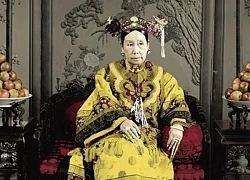 Uyển Đình17:08:41 19/07/2024When talking about Empress Dowager Cixi, it is impossible not to mention her extravagant and unusual lifestyle. During her reign, Empress Dowager Cixi many times shocked people with fun things that only she dared to do.
Uyển Đình17:08:41 19/07/2024When talking about Empress Dowager Cixi, it is impossible not to mention her extravagant and unusual lifestyle. During her reign, Empress Dowager Cixi many times shocked people with fun things that only she dared to do.

8 | 1 Discuss | Share
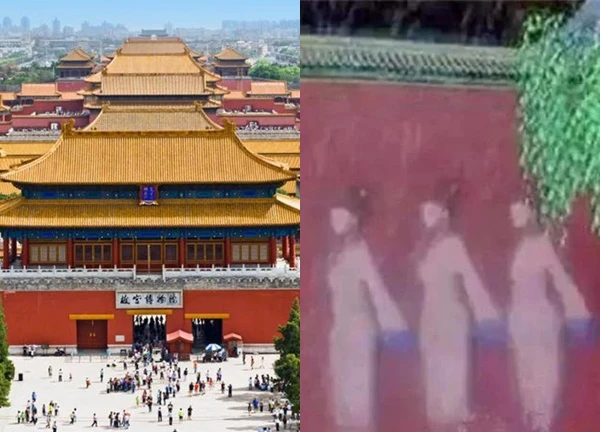
2 | 1 Discuss | Share

1 | 1 Discuss | Share
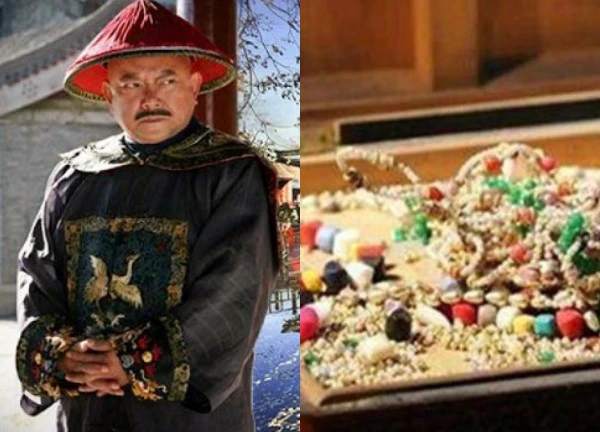
5 | 1 Discuss | Share
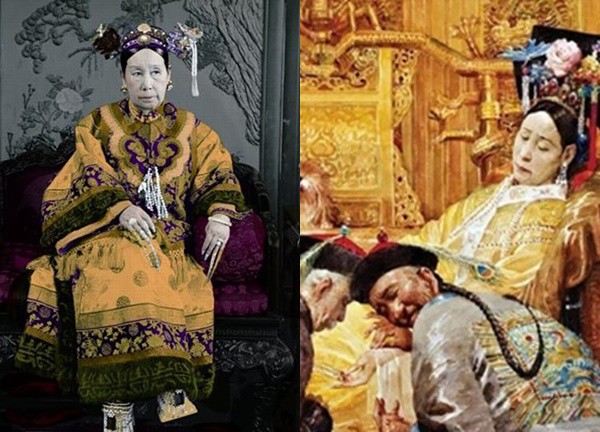
2 | 1 Discuss | Share
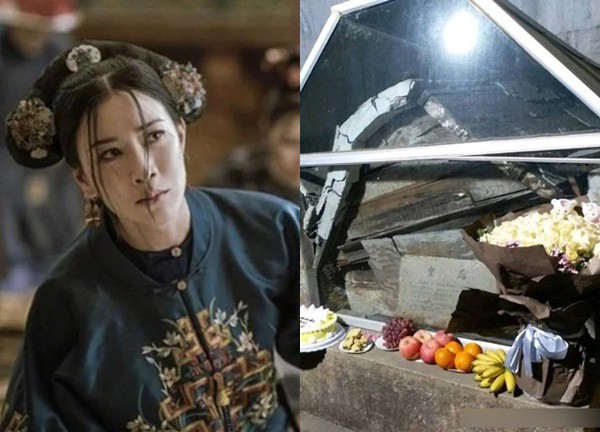
1 | 1 Discuss | Share

4 | 1 Discuss | Share
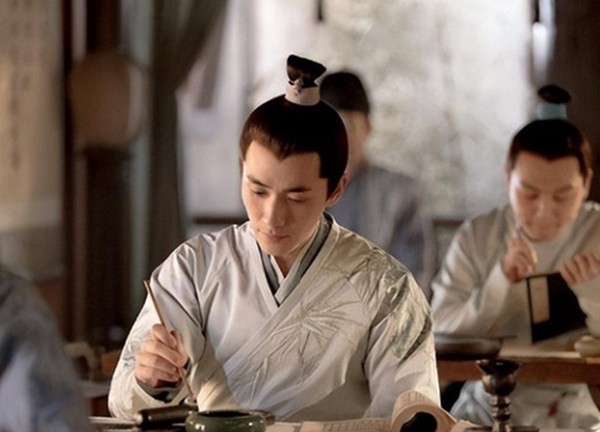
1 | 1 Discuss | Share
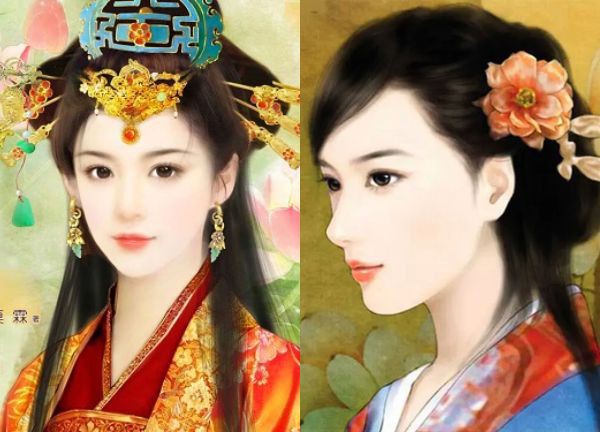
3 | 1 Discuss | Share
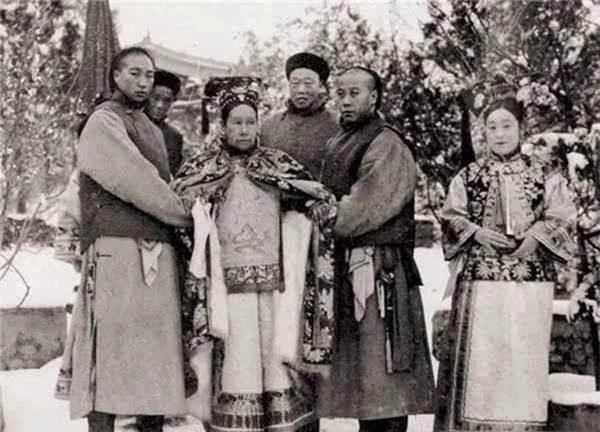
5 | 1 Discuss | Share
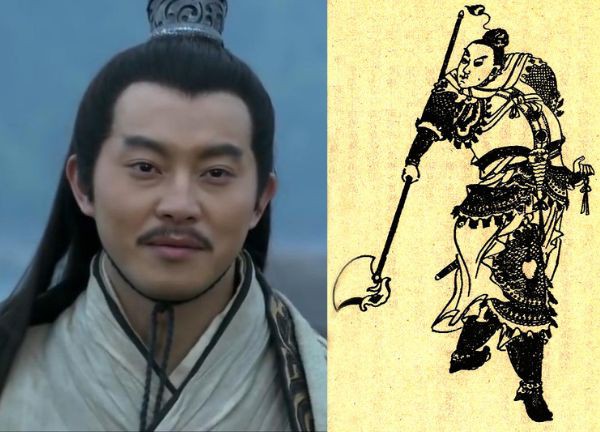
4 | 1 Discuss | Share

4 | 1 Discuss | Share



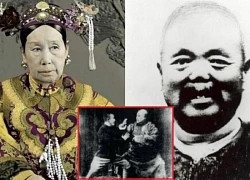
1 | 1 Discuss | Report